More Z4um How-To's.....
Here are the OEM part numbers you will need for installing the Sound Generator (SG) in a 2.5 Z4
1 13-74-7-514-863 SOUND GENERATOR 1
2 13-71-9-071-752 KIT 1
3 13-74-7-518-282 BRACKET 1
4 11-61-1-705-032 OVAL HEAD SCREW 1
5 07-12-9-952-121 CLAMP 1 (not needed provided with item 1)
6 13-74-7-514-864 SOUND PIPE 1
7 13-71-7-514-865 GROMMET 1
8 13-54-7-514-867 RUBBER BOOT 1
Total cost was about $92 shipped
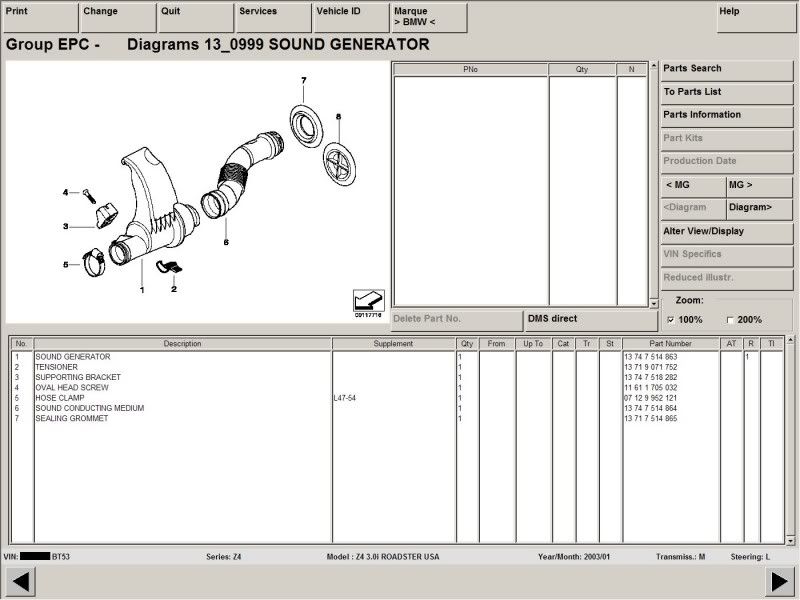
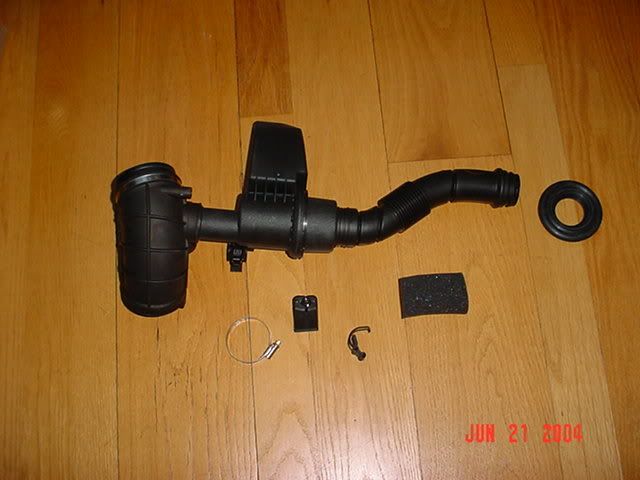
Ensure the engine is cool !!!
Start by installing the black plastic bracket (item 3) using the oval head screw (item 4).
This bracket enables the SG to be secured to the engine block with the spring clamp.
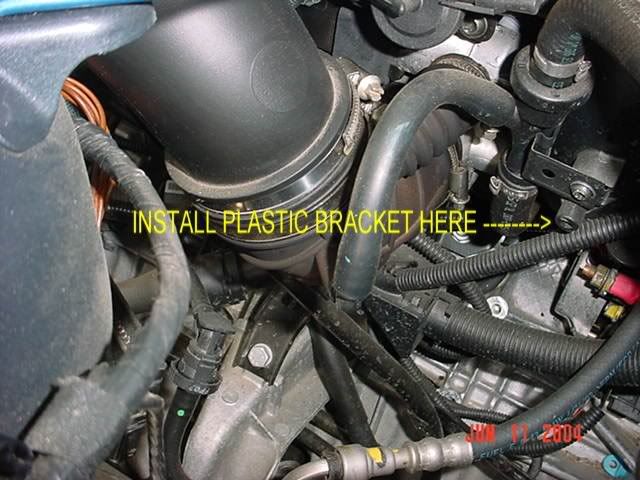
Then remove the elbows to the air filter.
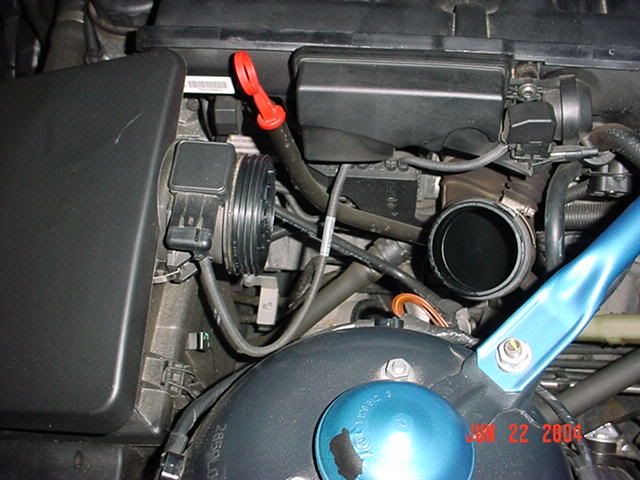
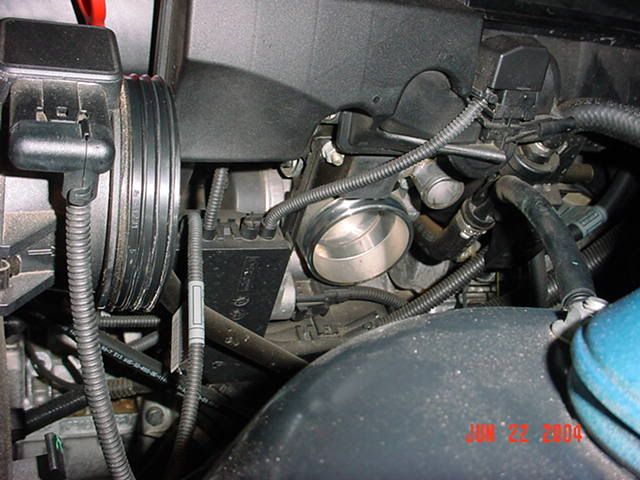
NOTE: You need to remove the plastic collar connecting the two original large diameter elbows since you will use
this collar NOT the collar supplied with item 8 the rubber boot.
This is because the 3.0 elbows are slightly larger in diameter than the elbows in the 2.5.
The elbow from the air filter box is semi rigid plastic and will not fit over the collar suppled with item 8.
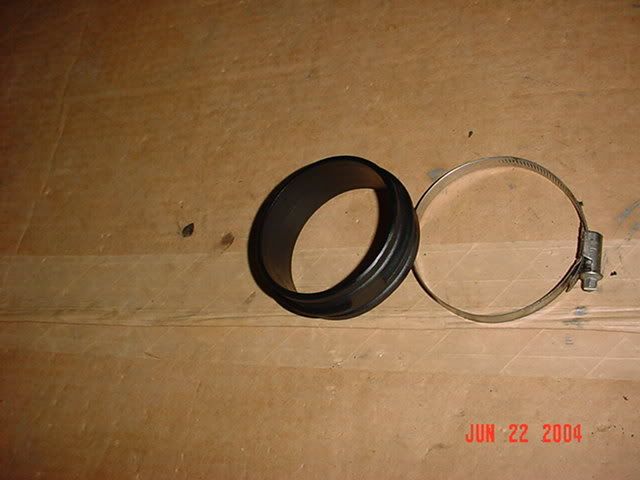
Install and connect the original airbox elbow and the new rubber boot and the small rubber tube.
Before tightening ensure everything is aligned correctly.
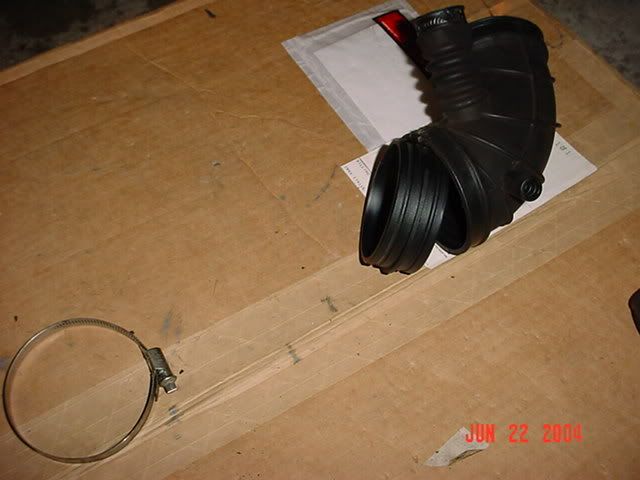
Remove the solid grommet from the firewall and replace with item 7.Also pop out the piece of insulating felt that is behind the grommet
to open the path into the cabin.

Connect the sound pipe to the sound generator. Remove one, two or both pieces of foam that are stuffed in the sound pipe,
I removed the longer piece.
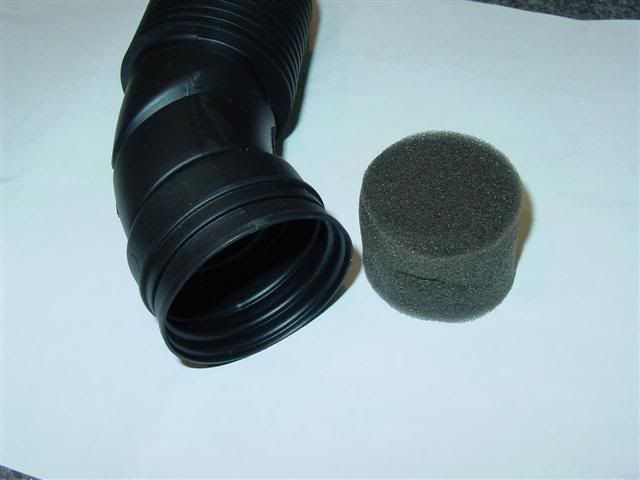
Install the combined assembly by latching the top of the SG over the air intake and securing the
bottom with the spring clip.
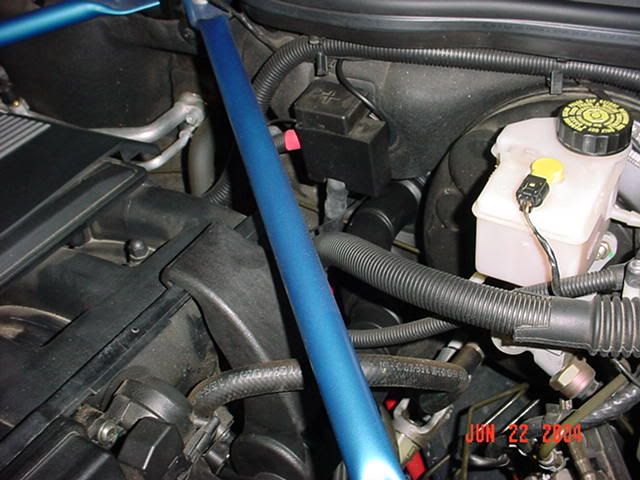

Push the front facing SG coupling into the opening in item 8 and secure the rear facing sound pipe in
the grommet in the firewall.
Check that you have reconnected all the elbows and tubes then tighten all the connections.
Job done in about 1 hour including taking the pictures.
Here is some additional information on how this thing works:
I would love to credit the following information, which I found on the web.
I believe the individual who researched this is writing a book. So if he/she identifies themselves I will gladly provide the credit.
Early in the development process, BMW began to research what customers prefer as a sporty sound from the car’s engine. Once again a roadster presents unique challenges to the engineers because the acoustics are much different whether the top is up or down.
The process began in the sound lab with people listening to different sound samples. These samples were engine noises but they had been synthetically created on the computer. The goal was to find the ideal roadster sound. This sound shouldn’t be so loud as to disturb one’s neighbors but it should be louder than a luxury sedan. The sound must be “solid” and correspond to what is expected from a BMW. These aspects were all combined and a sound target was designed. This sound target, which is stored as a computer file, was specified in terms of tone and decibel levels. But it also was somewhat subjective.
On the real car, the sources that contribute to the sound the driver and passenger hear include the engine itself, the air intake and the exhaust. The engine noise is very mechanical sounding and while, for example, a Ferrari’s sound is indeed very mechanical; BMW feels that their cars should be more refined.
For the 3.0-liter model only, a special “sound generator” was developed. “Sound generator” is a misnomer; “selective sound
filter” would be more accurate. In any case, the sound of the engine is managed in a very specific manner. The sound generator brings the sound back to the firewall to make it more apparent to the driver and passenger. In addition, this system filters out some of the naturally occurring sounds and selects others. The sounds that are selected for are those associated with a performance roadster. The result is a sound, especially upon acceleration, similar to a big V8 engine. Not only is the sound pleasing but it also provides feedback to the driver; the power is heard as well as felt.
In the BMW acoustic labs, the various components can be tested independently. On all three models, 2.2, 2.5 and 3.0 liter, the various sounds are graphed over the whole engine range. The characteristics can be mixed and tuned to complement one another. The process is almost like a musician mixing a recording. Testing is then done in an acoustic chamber with a rolling road. Final testing is, of course, done on actual roads.
_________________